
The famous route of the pueblos blancos of Andalucía comprehends a series of localities scattered throughout the regions of Sierra de Cádiz and Serranía de Ronda. The mountain (or serrano) character of these villages is reflected on their traditions, creating a breathtaking landscape culminated with houses of whitewashed facades and red rooftops, and a labyrinth of steep and narrow streets. The arches and passageways add the final touches to their urban areas and they are considered one of the many treasures you will find in this route of the pueblos blancos of Málaga.
Undoubtedly, the route of the pueblos blancos is one of the most recognised routes through the conventional Andalusian architecture. It is also a walk around a region with long tradition that has witnessed many historical events and conflicts which remain alive through its castles and other archaeological remains. The pueblos blancos are distributed throughout the provinces of Cádiz and Málaga, but today we are listing those that belong to the latter.
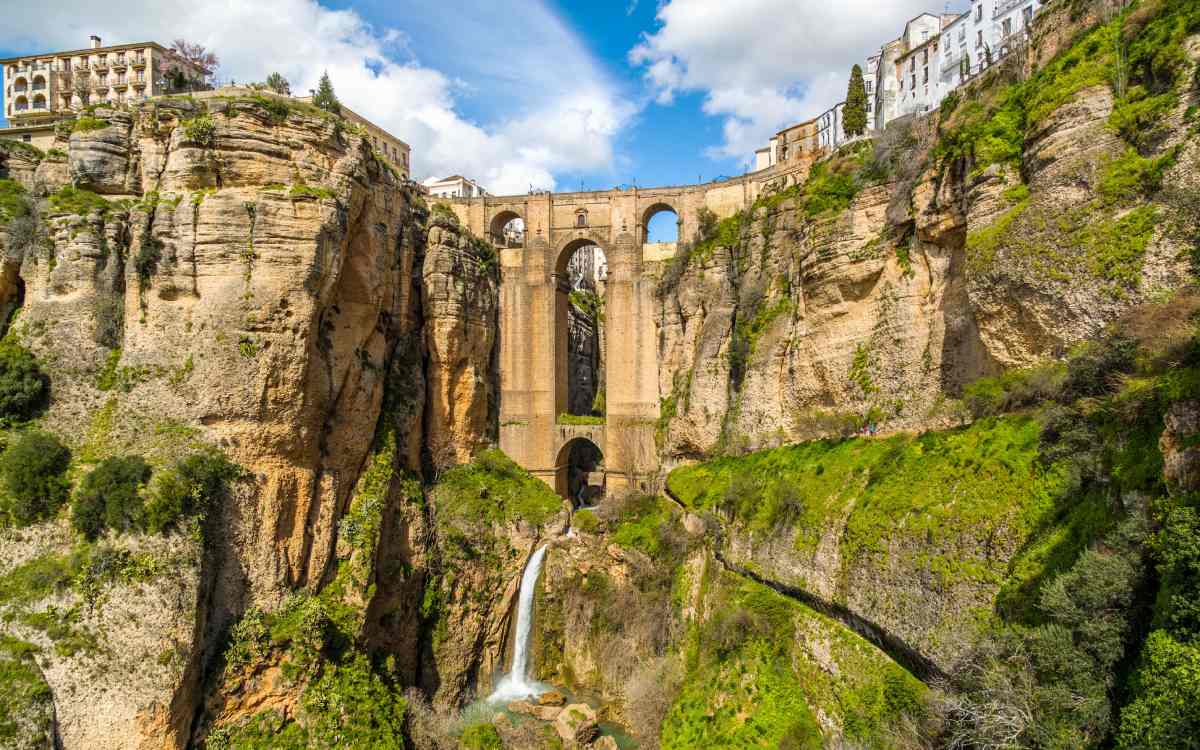
Ronda. | Shutterstock
Ronda is one of the most renowned tourist destinations in Málaga. A place characterised by the presence of the impressive Guadalevín river, its famous bridge, its Arab thermal baths and its bullfighting ring or plaza de toros. Considered as one of the oldest and richest towns in Spain, both for its history and its culture, Ronda is the undisputed centre of the pueblos blancos of Málaga. This is a mandatory stop where you should, without a doubt, spend a few days.
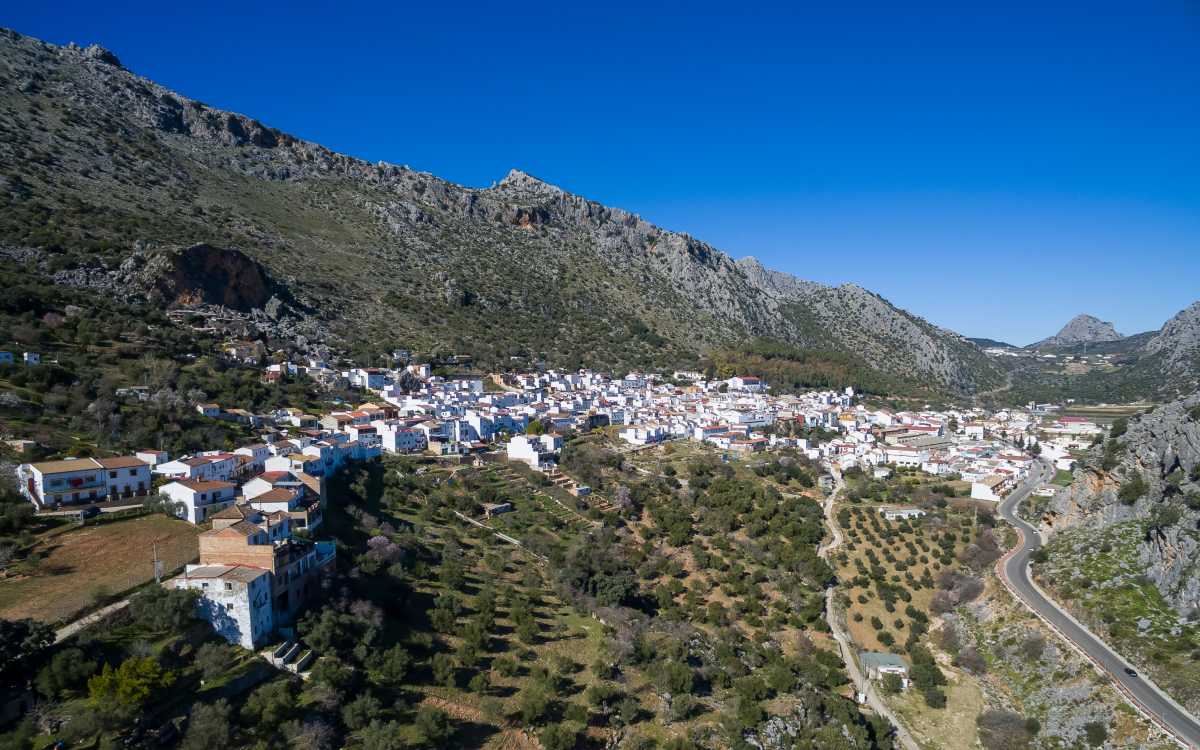
Benaoján. | Shutterstock
Located in the Parque Natural de la Sierra de Grazalema, Benaoján is a small village cherished by every rural tourism lover and those who seek adventure in sports. You will discover interesting places at its surroundings, such as the caves of Gato and La Pileta. A series of cave paintings can be found in the latter, proving the early human presence at this place. Together they conform an important Palaeolithic artistic set.
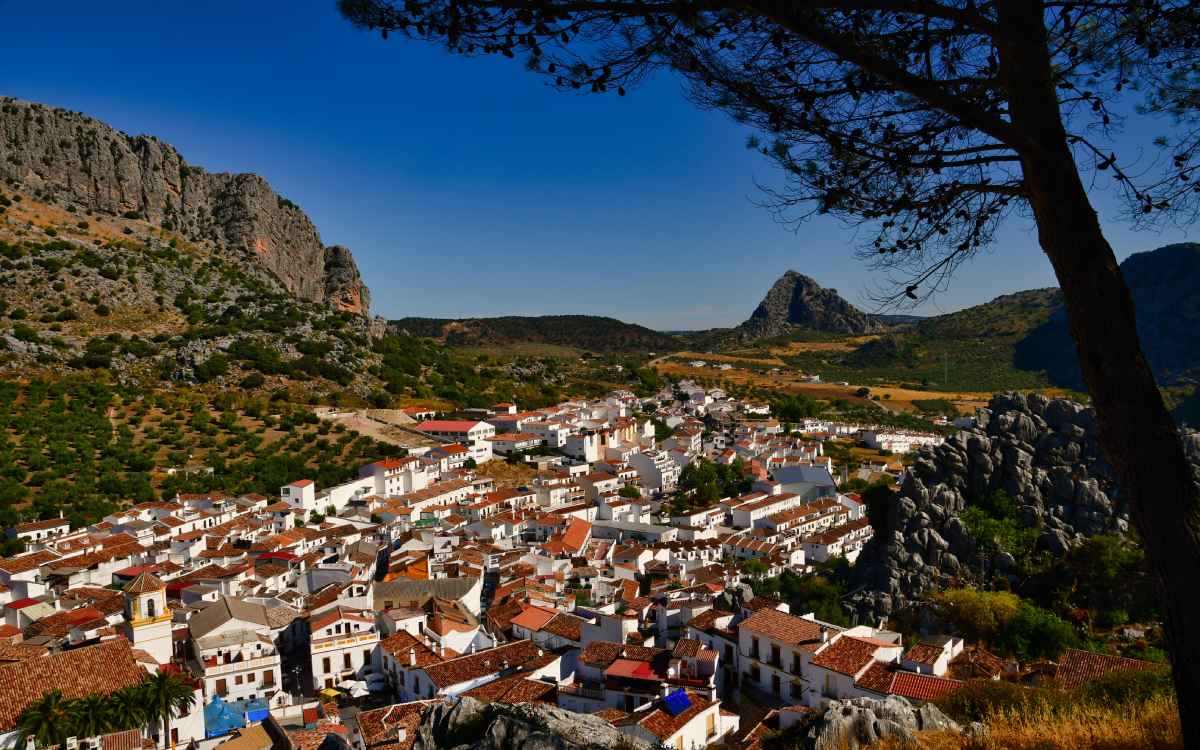
Montejaque. | Shutterstock
The Muslim origins of this pueblo reflect on its name, which translates to “Lost Mountain.” Located in the Sierra de Grazalema as well, this place preserves its great historical elements that can be visited, like the church of Santiago el Mayor. The 1,075 metres high mount of El Hacho rises nearby, sheltering the village and guarding the surrounding landscape.
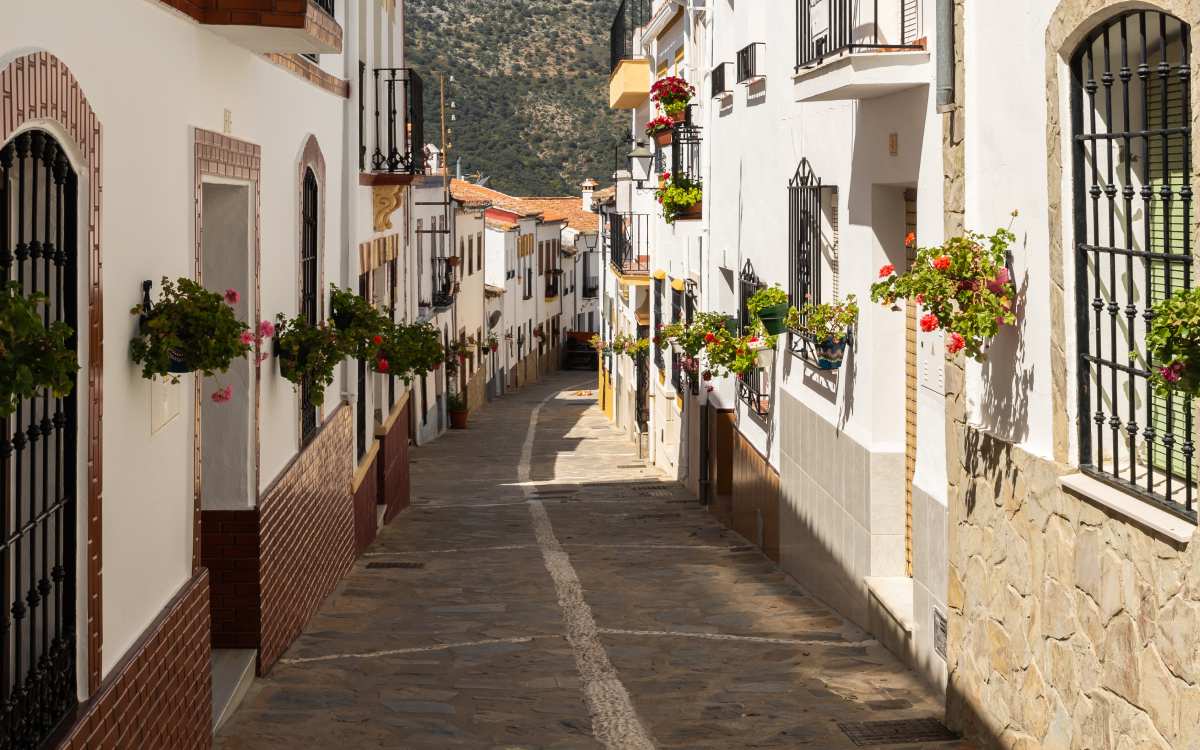
Jimera de Líbar. | Shutterstock
Jimera de Líbar is another urban area of Muslim origin which used to host an important fortress whose remains have all been lost. Its Arabic name was Inz Almaraz, which literally translates to “woman’s castle.” Its surroundings, with the outstanding presence of the Martín Gil peak, are the perfect place to practise all types of outdoor activities.

Atajate. | Shutterstock
This locality from Málaga actually has one of the lowest populations in the province, so its streets offer relative peace and tranquillity. Nowadays, Atajate is known for its must, the only vestige of its past important wine industry whose glory lasted many centuries. Its decline began due to a severe phylloxera disease in the late 19th century.
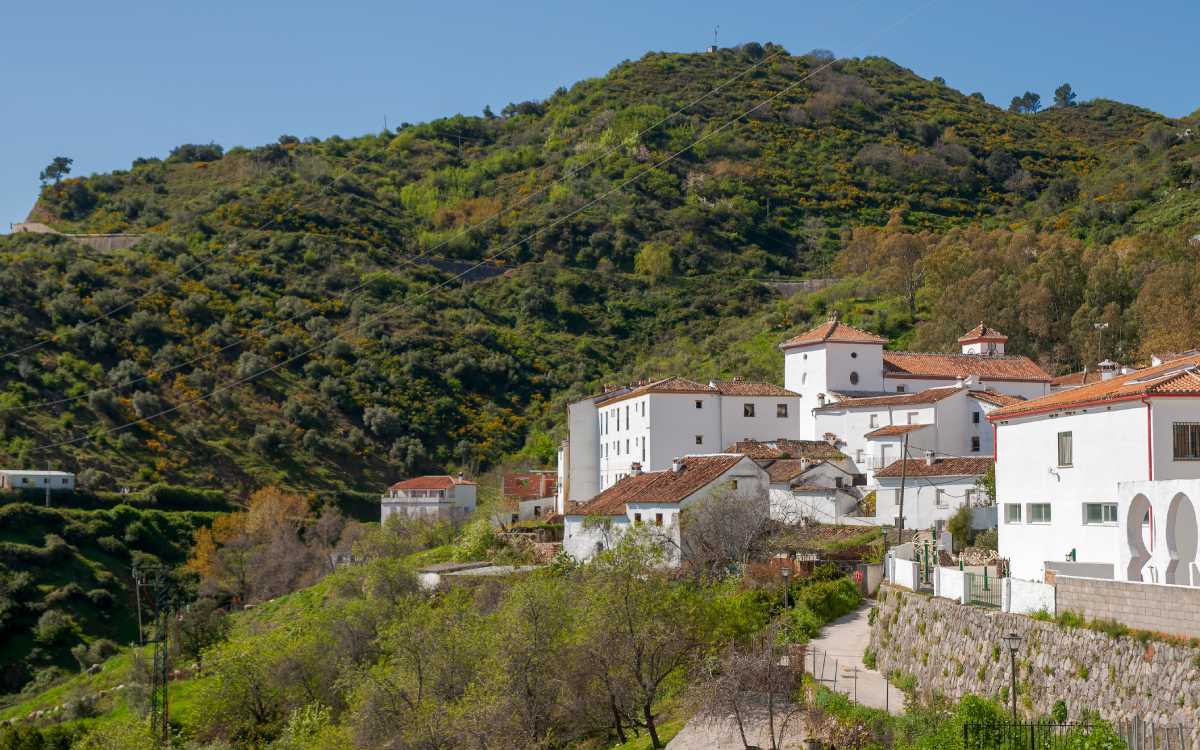
Benadalid. | Shutterstock
Benadalid is our next pueblo blanco of Málaga. It accommodates a large architectural offer headed by its Arab castle, although it is believed to actually have been built by the Romans, thanks to its square layout and cylindrical towers. It serves as a local cemetery today. If you are visiting Benadalid, you should add the church of San Isidoro and the cross of Humilladero to your bucket list. Their construction is linked to the Portuguese brothers that settled down here. They are responsible for the expansion of the last name Fernández in the village.
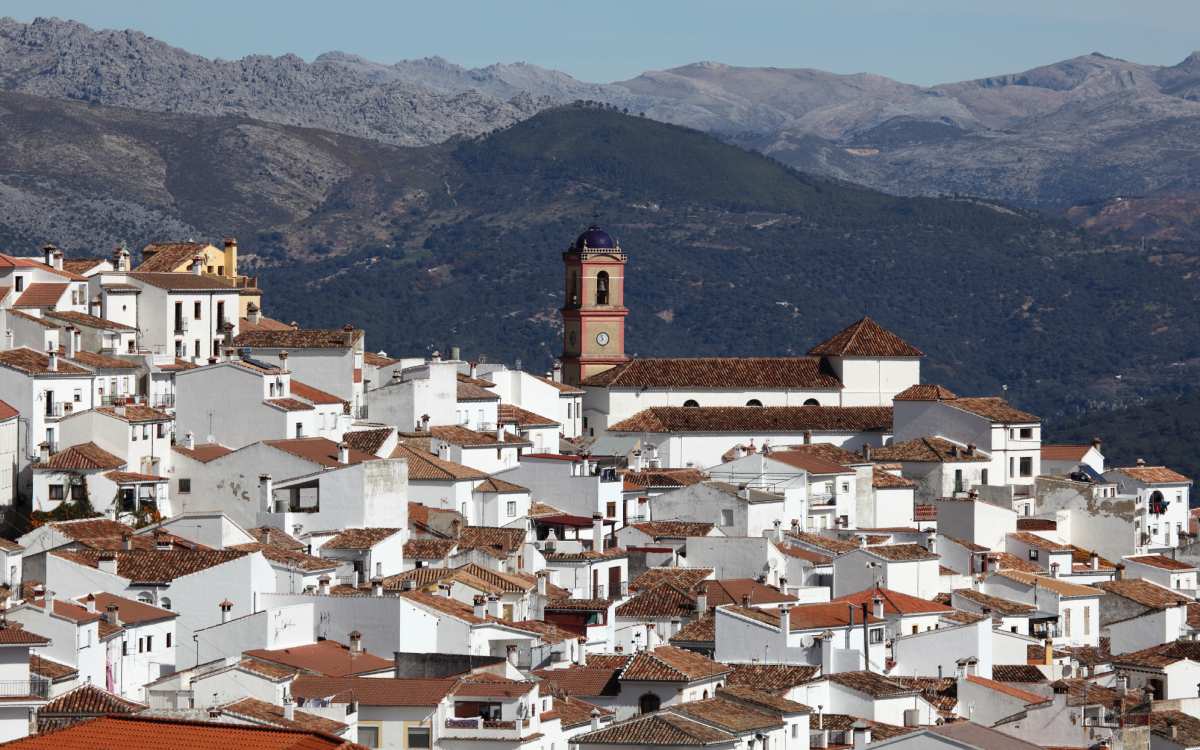
Algatocín. | Shutterstock
Algatocín’s unique beauty and stepped profile merge perfectly with the terrain. It lies on it, a urban area of irregular form and wide appeal. You might enjoy visiting the church of Nuestra Señora del Rosario and the Genil viewpoint. Enjoy this mountain landscape of leafy vegetation, where cork oaks, chestnut trees and other indigenous species prevail.

Gaucín. | Shutterstock
Gaucín rests at the heart of a diverse and rich natural environment. This tiny locality of Moorish past was extremely relevant during the Reconquista. One of its most important strategic points was its castle, whose takeover led to the death of Guzmán el Bueno (“Guzmán the Good”), Lord of Sanlúcar de Barrameda. Nowadays, El Águila castle attracts most of its visitors. It is located on the top of a hill at an altitude of 688 metres. This spot is the main focus of every trip to this area.
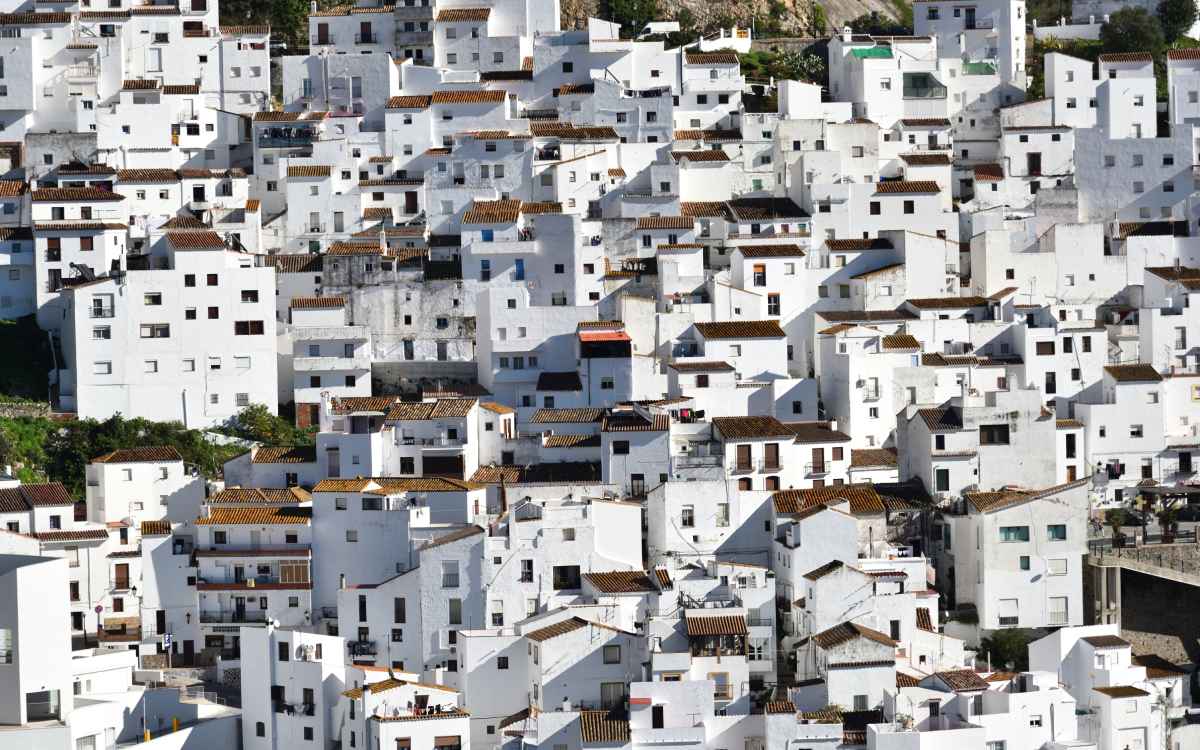
Casares. | Shutterstock
To conclude this route of the pueblos blancos of Málaga we must mention Casares, declared Historic-Artistic Monument. Casares offers many different forms of patrimony, such as its church of La Encarnación, its Arab castle and its ermitage of San Sebastián. Do not forget to visit the remains of the ermitage of La Vera and its thermal baths, known as La Hedionda, whose sulphurous waters were a true source of health during the Roman days. Casares witnessed the birth of the politician and writer Blas Infante, known as Padre de la Patria Andaluza (or ‘father of Andalusian nationalism’.) His natal home is still preserved. The disposition of its houses and steep streets gave it the name of Pueblo Colgante, which literally translates to “Hanging Village.”
This route of the pueblos blancos of Málaga is one of the best opportunities to comprehend the popular mountain culture of a rich and diverse province that offers a spectacular inland. Although we are focusing on the area of Serranía de Ronda today, it must be noted that these pueblos blancos are scattered throughout the whole Andalusian geography. You don’t need to leave Málaga to explore more examples, such as Mijas or Cómpeta, Comares and Frigiliana in the region of La Axarquía.